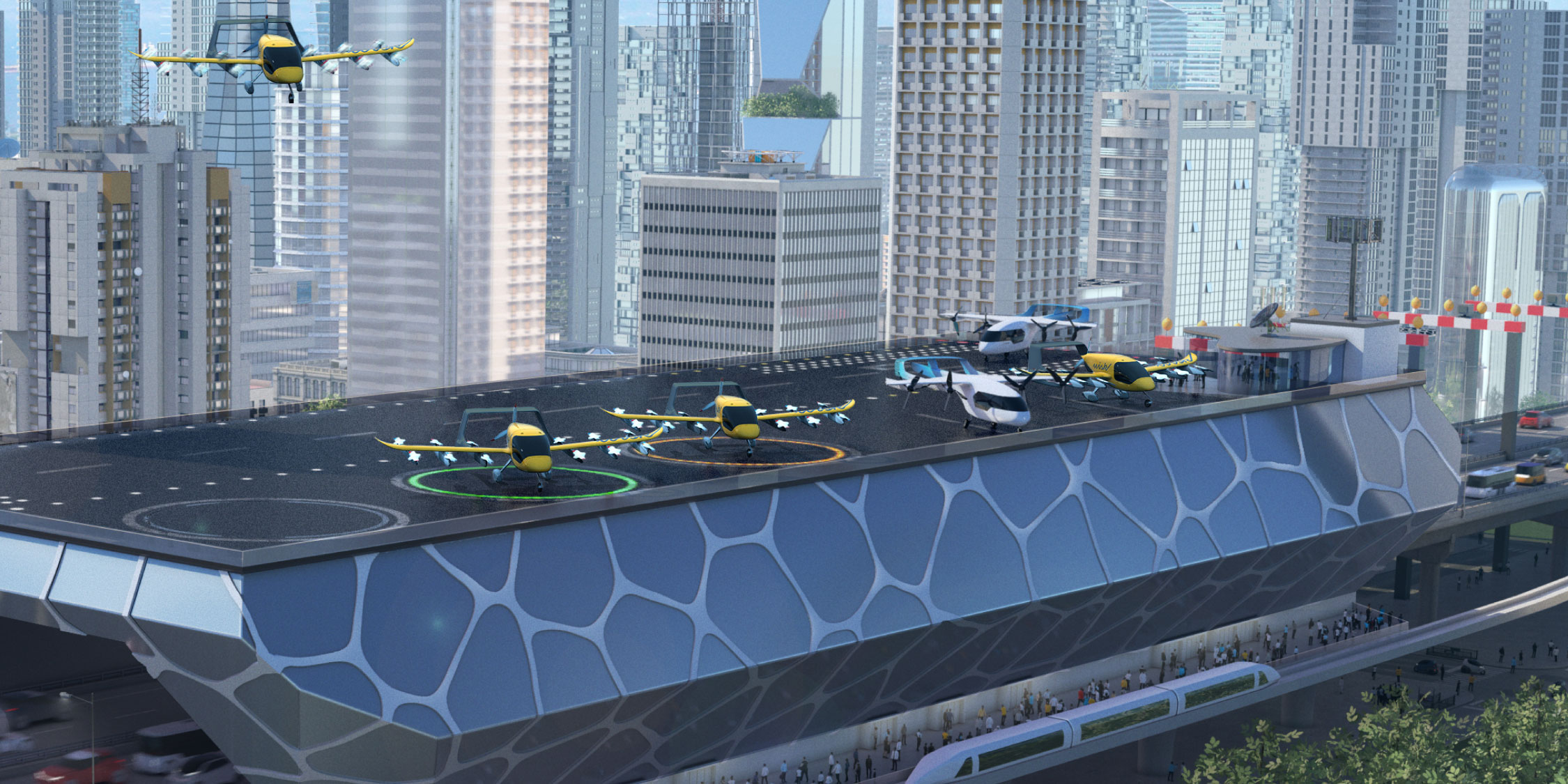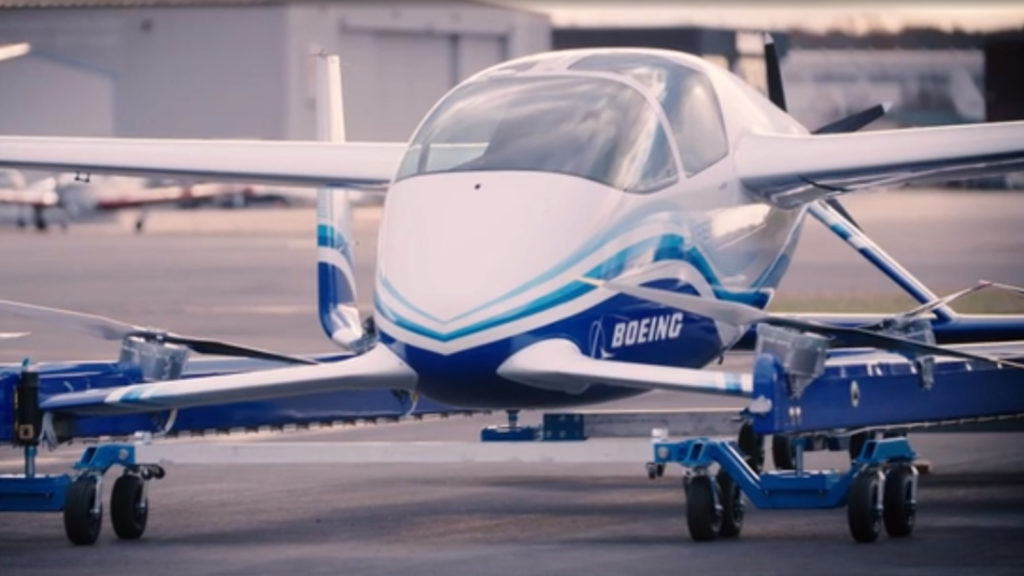


The hum of combustion engines and the rumble of tires might soon share the urban soundscape with a quieter, more futuristic whir. Boeing, a titan of aerospace, is actively shaping this evolution through its Advanced Air Mobility (AAM) program. While their legacy is deeply rooted in commercial aviation and defense, Boeing's foray into AAM signals a bold step towards a new era of transportation, one where the skies above our cities become a viable and sustainable pathway for both people and goods.
Boeing's approach to AAM isn't just about building futuristic flying machines; it's a comprehensive strategy encompassing aircraft design, infrastructure considerations, regulatory frameworks, and the seamless integration of these new vehicles into existing urban environments. Their vision extends beyond simply creating air taxis; it encompasses a holistic ecosystem that addresses safety, efficiency, and sustainability.
A key player in Boeing's AAM strategy is Wisk Aero, a joint venture between Boeing and Kitty Hawk Corporation (now wholly owned by Archer Aviation). Wisk is at the forefront of developing all-electric, autonomous eVTOL (electric Vertical Takeoff and Landing) aircraft. Their flagship aircraft is designed with safety as a paramount concern, boasting a unique multi-rotor system and a safety-first approach to autonomous flight. This collaboration allows Boeing to leverage cutting-edge innovation in eVTOL technology while contributing its vast aerospace expertise in areas like certification, manufacturing, and air traffic management integration.


The potential applications of AAM are vast and transformative. Imagine zipping over congested roadways, reducing commute times drastically. Envision rapid and efficient delivery of critical medical supplies or time-sensitive cargo. Consider the enhanced accessibility for individuals in underserved areas. Boeing's AAM program is exploring these possibilities and more, recognizing the multifaceted benefits that aerial mobility can bring to urban and suburban life.
Beyond passenger transport, Boeing is also exploring the potential of AAM for cargo and logistics. Electric vertical takeoff and landing aircraft offer a compelling solution for last-mile delivery, potentially reducing reliance on ground-based transportation and alleviating traffic congestion. The ability to access difficult-to-reach locations quickly and efficiently opens up new possibilities for various industries.
However, the realization of widespread AAM is not without its challenges. Regulatory frameworks are still evolving, and ensuring the safe integration of autonomous aircraft into existing airspace is a complex undertaking. Public acceptance and trust are also crucial, requiring transparent communication and a strong emphasis on safety protocols. Furthermore, the development of the necessary infrastructure, including vertiports (landing and takeoff hubs), charging stations, and air traffic management systems, requires significant investment and collaboration between public and private entities.
Boeing understands these challenges and is actively engaging with regulatory bodies, infrastructure developers, and communities to address them proactively. Their extensive experience in navigating complex aerospace regulations and their commitment to safety position them well to contribute to the development of a robust and reliable AAM ecosystem.
The company's commitment to sustainability is another crucial aspect of its AAM program. The focus on all-electric propulsion aligns with the global push towards reducing carbon emissions and creating cleaner urban environments. By investing in eVTOL technology, Boeing aims to contribute to a more sustainable future for aviation and urban transportation.
While the timeline for widespread AAM adoption is still unfolding, Boeing's significant investment and strategic partnerships signal a strong belief in its potential. Their methodical approach, combining technological innovation with a deep understanding of aerospace safety and regulatory requirements, positions them as a key player in shaping the future of urban air mobility.
The journey towards a sky filled with electric vertical aircraft is an intricate one, but with the ingenuity and resources of companies like Boeing driving the innovation, the "skies of tomorrow" are steadily becoming the reality of today. As Boeing continues to push the boundaries of aerospace, their Advanced Air Mobility program promises to redefine how we move within and around our cities, ushering in an era of faster, more efficient, and more sustainable transportation. The future of flight is not just about bigger planes; it's about smarter, more agile, and more accessible air mobility for everyone.